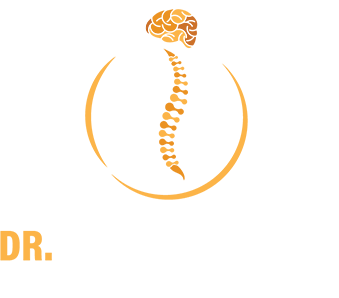Table Of Contents
- What Is Back Pain?
- What Causes Back Pain?
- What Are The Symptoms Of Back Pain?
- How Is Back Pain Diagnosed?
- What Is The Treatment For Back Pain?
What is Back Pain?
Back pain is the most common cause of disability worldwide, and it is one of the most prominent reasons people visit the doctor or miss work.
Basic home treatment and appropriate body posture can frequently cure the back and keep it functional within a few weeks. Back pain is rarely treated with surgery.
What Causes Back Pain?
Back pain is usually associated with the following conditions:
- The strain of a muscle or ligament: Back muscles and ligaments can be strained by repeated heavy lifting or a sudden uncomfortable movement. Constant tension on the back might produce severe muscle spasms if one is in poor physical shape.
- Ruptured disks: Disks act as cushions between the spine’s bones (vertebrae). A disk’s fragile substance can expand or rupture, putting pressure on a nerve.
- Osteoporosis: The backbone can develop fractures and cause pain, as osteoporosis makes the bones brittle and porous.
- Arthritis: Osteoarthritis can frequently result in lower back aches.
- Kidney stones can also result in back pain.
What are the Symptoms of Back Pain?
Back discomfort can occur in numerous ways, including:
- Lower back pain that is dull and painful
- A painless inability to stand up straight
- A stabbing or shooting pain that runs down the leg and into the foot
- A limited range of motion and capacity to stretch the spine
Back pain symptoms, if caused by strain or abuse, are usually brief but might continue for days or weeks. The pain is considered chronic when it has been persistent for more than three months, and if chronic, a visit to a doctor should be made.
How is Back Pain Diagnosed?
During the diagnosis, an assessment of the ability to sit, stand and walk is done to rule out the source of discomfort. If the doctor suspects a certain condition that is causing the back discomfort, they may request one or more of the following tests:
- CT or MRI scans to detect herniated discs and abnormalities with bones, muscles, tissue, tendons, nerves, ligaments, and blood vessels.
- Bone scan, performed in rare circumstances to check for bone cancers or compression fractures caused by osteoporosis.
- X-ray to rule out arthritis and fractures.
- Blood tests to rule out infection
What is the Treatment for Back Pain?
Back pain is an illness that affects everyone differently. A majority of back pain improves after a month of home treatment, while for some, the discomfort lasts a few months to years.
The pain can be alleviated with over-the-counter pain medications and the use of heat. Bed rest is not advised. Instead, it is recommended to Continue doing activities to the extent that one is capable. Light exercise, such as regular walking and daily activities, are advised. If home remedies don’t work after a few weeks, the doctor may prescribe more potent drugs or other treatments that include;
- Muscle relaxants to relax the muscles
- Antidepressants
- Pain medications that can be applied to the skin-These lotions, salves, ointments, and patches deliver pain-relieving ingredients through the skin.
- Narcotics- Opioid-containing drugs, such as oxycodone or hydrocodone, can be used for a limited time under the doctor’s care.
There are some other procedures too, which include,
- Injections with cortisone, a powerful anti-inflammatory steroid and a numbing agent, is injected into the region around the spinal cord. The cortisone injection helps to reduce inflammation around the nerve roots, but it usually only lasts a month or two.
- Surgical- Surgery is usually reserved for pain that hasn’t responded to prior treatments and is caused by structural issues such as the constriction of the spine or a ruptured disc.
- Electrical impulses can be sent to specific nerves that cause pain using devices implanted beneath the skin to inhibit pain signals.




